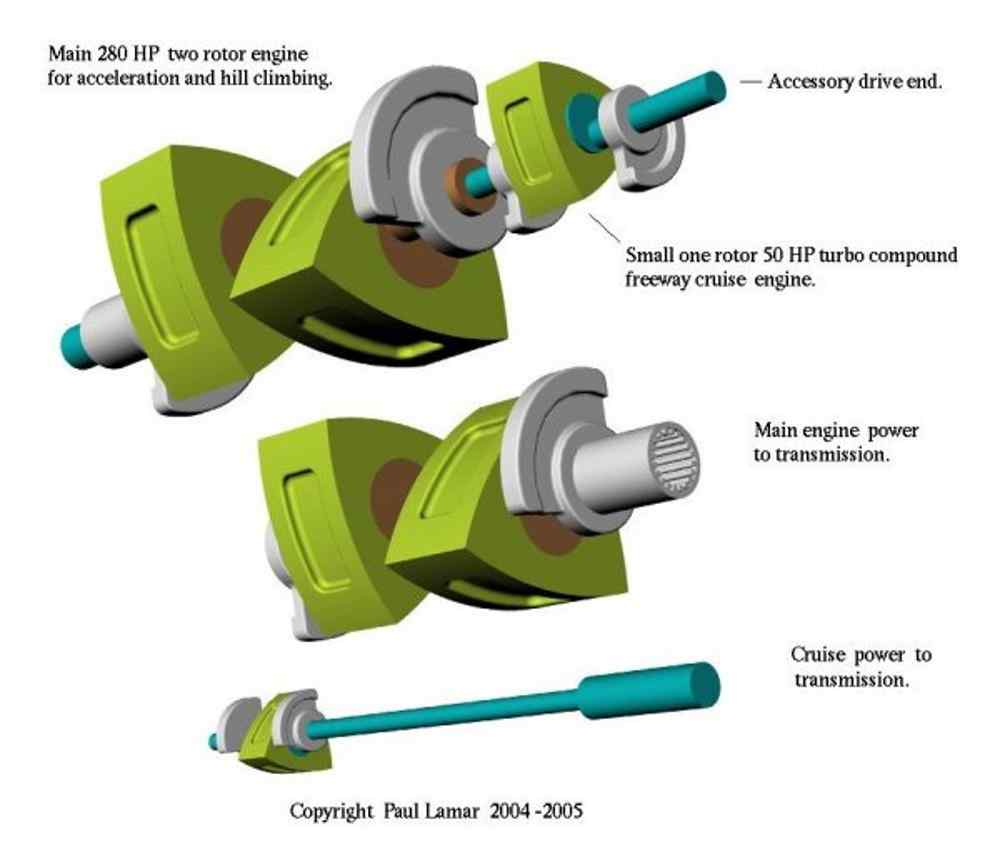Diesel Fuel Additives – Not an Option in Diesel Ownership Years of reviewing the effects of modern diesel fuel, mechanical issues, costs and designs of injectors, pumps, failures keeps the topic of the misunderstood fuel additive fresh in mind. Impressive In The Field As an AMSOIL dealer, one product I rank in the top three […]
You are browsing archives for
Tag: mileage
The RX8 was a great design but flawed mo...
Solving the Utterly Useless Fuel Economy Issue in the Mazda RX8 An interesting blog & article on an amazing body and suspension. I’d own one now if I had the plan to make improvements. Perhaps one day.. Here are some clips from the post and the link so enjoy: 35 MPG RX8 by Paul Lamar […]

